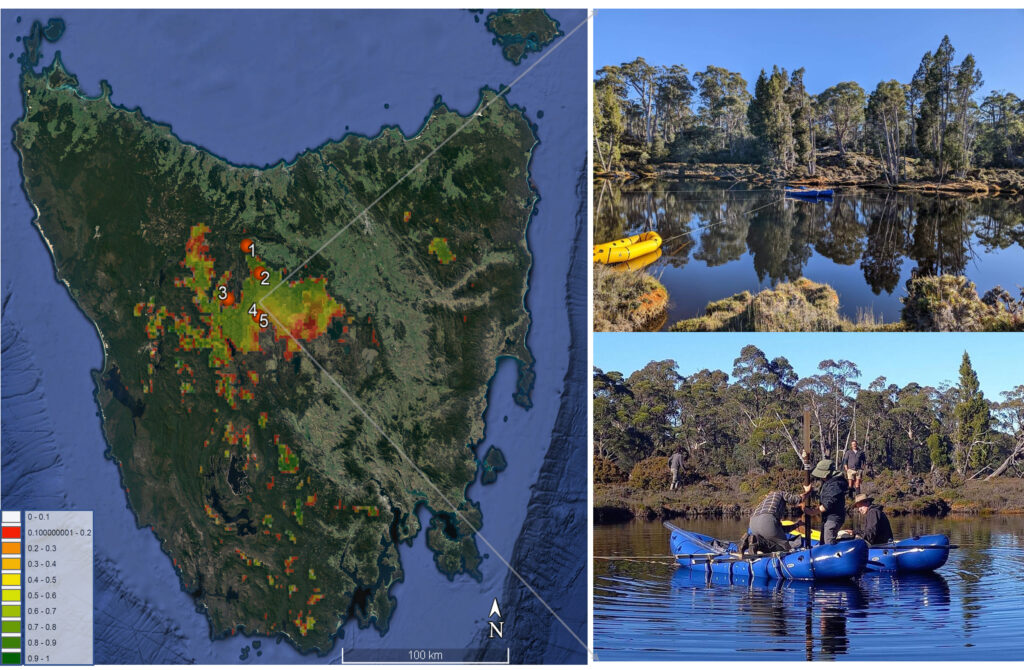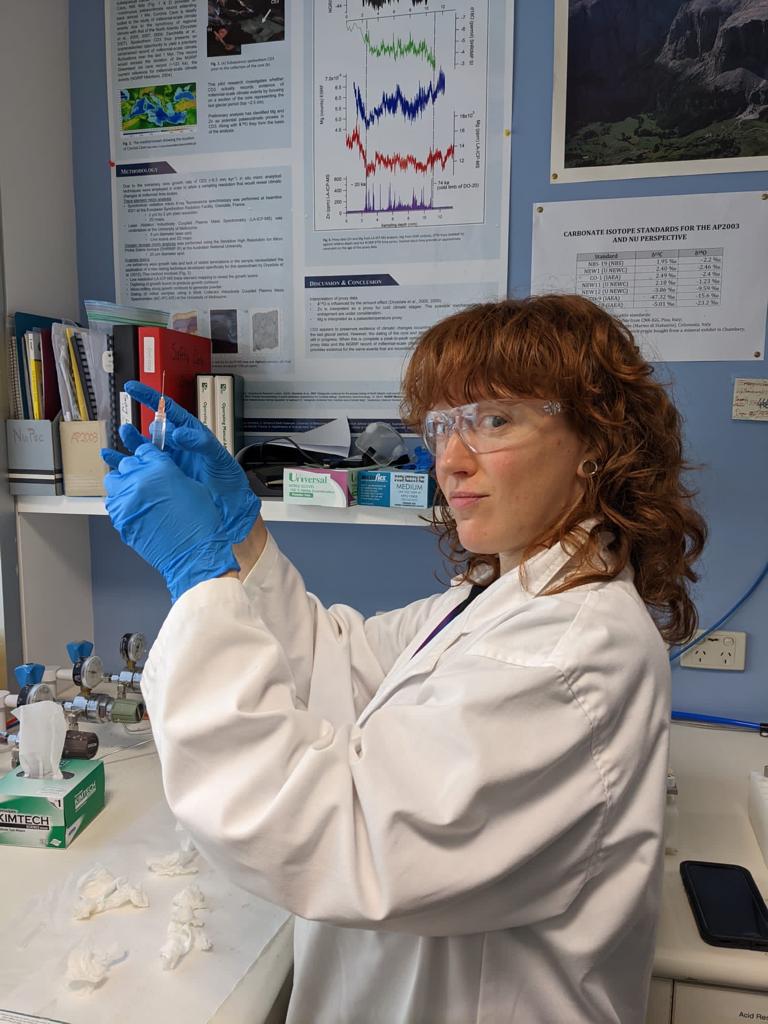By Georgia Barrington-Smith
Anthropomorphic climate change is weakening the resilience of globally significant forests by altering their temperature and aridity. Tasmanian Wilderness World Heritage Area (TWWHA) is particularly at risk, with longer, more intense bushfire seasons threatening this sensitive ecosystem. Amid ongoing climatic stress and ecological decline, important questions are emerging around the ability of these ecosystems to persist in a changing landscape.
Various conservation efforts have been implemented to address growing concerns, including targeted burning to reduce fuel loads, the establishment of seed banks, and restoration planting. Unfortunately, these strategies have not proven effective in the long term, and implementing these measures is especially challenging in remote and environmentally-sensitive areas like the TWWHA.
To combat these challenges, scientists have investigated the specialised adaptations of existing fire-sensitive species, like the ancient Tasmanian Pencil Pine (Athrotaxis cupressoides), that are persisting in the face of an increasingly flammable environment. By looking to nature’s own solutions, scientists can gain critical insights to help develop more effective, long-term strategies for future bushfire management.
Pencil Pine serves as a proxy for forecasting future fire effects
Sarah Cooley, an AINSE PGRA scholar and University of Melbourne Ph.D. student, has used the endangered Tasmanian Pencil Pine as a target species to gain deeper insight into how climate-fire vegetation dynamics have influenced the response, resilience, and post-fire recovery of these ancestral tree species.

Sarah and her collaborators applied a multi-proxy approach by gathering multiple types of environmental and climate data from four sediment cores taken from lakes and bogs across Tasmania’s Central Plateau. The selected sites represent different levels of climate suitability for Pencil Pine growth today, based on temperature and rainfall patterns. This was determined using species distribution modelling (MaxEnt), which predicts where the Pencil Pine is most likely to thrive.
Their comprehensive environmental and climate record combined analyses of fossil pollen and charcoal (palaeoecology) with high-resolution stable isotope and trace element data from cave deposits (palaeoclimatology). A variety of advanced techniques were used to collect this data, including Itrax micro-X-ray fluorescence analysis at ANSTO’s Environmental Laboratory and radiocarbon dating at ANSTO’s Centre for Accelerator Science (CAS).
By analysing this detailed record, the team could illustrate how numerous interconnecting factors, including historical vegetation, fire, and catchment dynamics, all interact to influence the resilience and post-fire regeneration of these highly sensitive ecosystems.
Sarah’s contribution to fire management
Armed with this new information, researchers can adapt traditional fire management strategies to better preserve critical species in changing landscapes.
The detailed paleoenvironmental record developed by Sarah and her colleagues enables the development of advanced scientific models that can predict shifts in species distribution under a range of possible future climate scenarios. These models are essential for making well-informed decisions when managing and responding to fires in remote and vulnerable areas, such as the Tasmania Wilderness World Heritage Area.
With fire management strategies enhanced by these paleoclimate records, Australia’s ancient and significant plant species are better positioned for survival in the face of climate change.

AINSE are proud to spotlight Sarah for her outstanding work!
If you, just like Sarah, are interested in researching the wonders of Australia’s wilderness, visit ainse.edu.au/scholarships to see how AINSE can support you.
Discover more research spotlights at ainse.edu.au/research-spotlight.
Stay tuned for our brand-new spotlight series launching next month as we get connected for Magnetic May! Kicking off the series is Marco Vás, whose research explores how structural and magnetic changes in materials can drive the next generation of electronics.
Follow ainse_ltd on Instagram, Facebook, Threads and LinkedIn to keep up to date with upcoming events and research spotlights.
